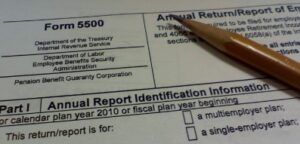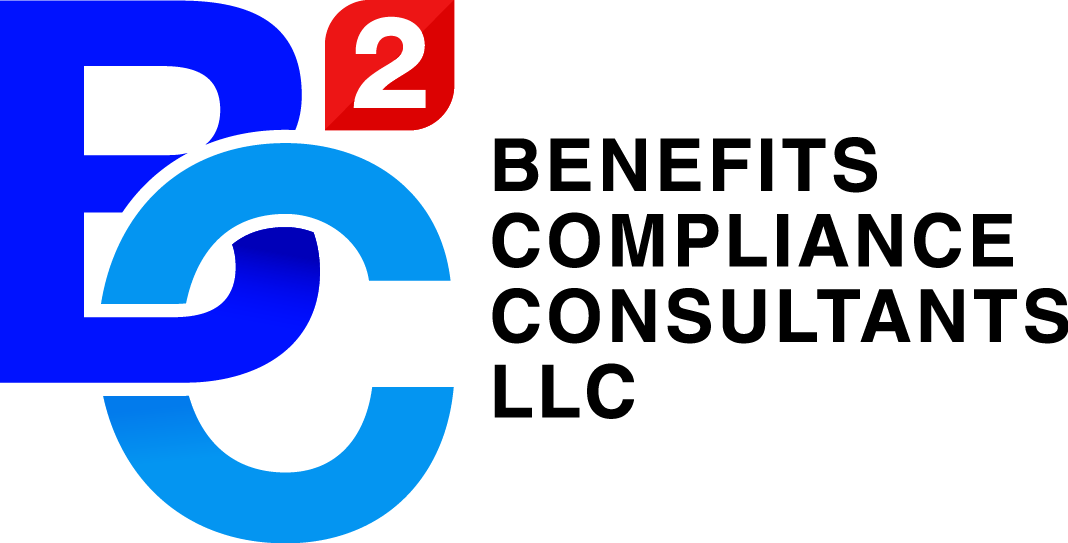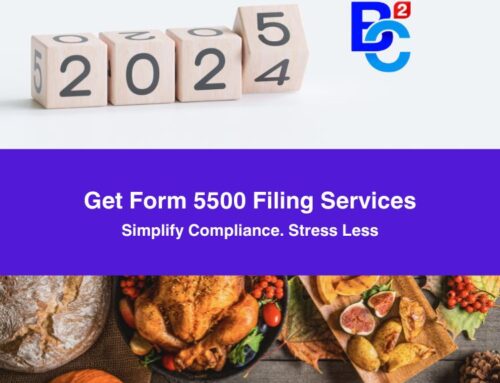Form 5500: The Basics
One of the most important government forms you need to complete to secure your retirement plan is form 5500. If you work for a company that offers either a retirement plan or a 401 (k) plan, you should be annually completing the form since the plan began to be implemented. Every year, the Pension Benefit Guaranty Corporation, the Department of labor, and the IRS check if your company is still able to protect you, and whether your plan continues to be compliant with the set regulations.
The form is always heavily scrutinized by many individuals and government offices, so knowing what it does, what it contains, and when to file it is of extreme importance.
What is Form 5500?
If you work for a firm that offers a tax qualified retirement plan such as the 401(k) or something similar, during the time you worked for that firm, you should have been filing form 5500 every year since your business started adopting the plan.
 The form looks almost the same as other forms issued by the IRS; the only difference being this form is not just held by the IRS, but also by other government bodies such as the Pension Benefit Guaranty Corporation and the Department of labor. Each of these agencies have their own set goals when they look at your form, but ultimately, what they are trying to ensure is that your plan is being operated for your benefit and that it is being correctly processed every year.
The form looks almost the same as other forms issued by the IRS; the only difference being this form is not just held by the IRS, but also by other government bodies such as the Pension Benefit Guaranty Corporation and the Department of labor. Each of these agencies have their own set goals when they look at your form, but ultimately, what they are trying to ensure is that your plan is being operated for your benefit and that it is being correctly processed every year.
- The IRS uses the information on your form to determine your tax compliance. The IRS is the agency responsible for the regulations that allow tax benefits and retirement plans to be implemented to both workers and employers.
- The Department of labor uses the information on your form to ensure that the plan your company is using is not breaking any rules. It is also used to make sure that the company keeps your rights protected and secure. The DOL monitors how the company operates the plan.
- The Pension Benefit Guaranty Corporation monitors what is written on your form to determine whether the firm you work for is compliant in providing you with the benefits you ought to receive, regardless if the firm has moved on to using a new plan.
In summary, the 5500 form is used not only for law enforcement, but also for analysis. The government checks how many businesses offer retirement plans, whether workers are recipients of any type of benefit, how many large and small plans are available to people at a given time, and what new regulations may be enforced in order to improve the present situation.
What are “small” and “large” plans?
Plans that are assessed in your form are categorized as being either “large” or “small”.
If the plan had less than one hundred members on its first day of implementation, the plan is considered to be a “small” plan. Those that exceed that number are called “large” plans. It is those firms that have large plans that need to file the 5500 every year, while firms with small plans only have to complete a simpler form called the form 5500-SF.
A plan can continue to be considered small if the number of participants does not exceed 120 at the start of the new plan year. Every participant regardless of whether they are active or not are considered in the head count.
When should it be filed?
The form 5500 should be filed after the end of the plan year, on the last day of the seventh month. If you need more time, you need to file form 5558, which can extend the deadline for another two and a half months.
The form is never the same every year, and there are always changes introduced in order to ensure that it matches the needs of firms and workers today. Every year, the IRS imposes new changes to the form, and the IRS simply sends instructions to firms on what has been updated on the form.
Benefits Compliance Consultants Inc. are a national company that are benefit consultants to large and small business entities.





